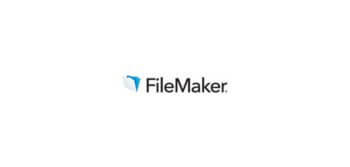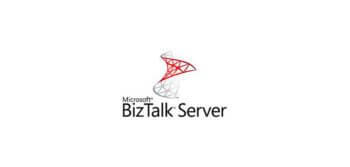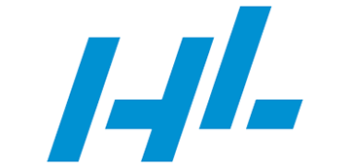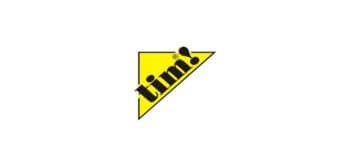Product design is a multifaceted process that requires designers to understand the needs of their customers and create solutions for them. Whether you are looking for a new product designer or require help with your current project, our team would love to hear from you. Get in touch today!
Product design helps to translate intangible ideas into tangible, marketable products. The process starts with understanding the end-user customer for whom you are designing your product and then imagining their problems or needs in terms that can be solved by what is being created (this includes both qualitative analyses and quantitative sizing up).
There are various steps involved in product design. Product designers must be aware of the different stages through which products go to understand how their skills and contributions need to shift across these pieces.
There are many factors at play when designing something, including knowing what users want or don’t want. If you know your audience well enough, you can develop a product that will meet their needs and create something they would be willing to buy. Product designers must also think about how the products they are designing might somehow affect society or damage our environment. Hence, they need to understand what makes a good business model.
When you’re thinking about hiring an app designer, you should consider what they can do for your company. Product designers typically think about the different types of users who will be using their products and how those people might interact with them. They also need to understand a business’s goals to know which features are most important and why certain things may not work as well as they’d like. Product designers can help you think about how your App will work, what features it should have, and the different ways in which people might interact with those features.
Your product design represents who you are as a company, making quality very important to consider when hiring designers for your products. Their designs need to be functional enough to make sense to users, and they also need to be aesthetically pleasing enough that people will want to use them. Product design is more than making something functional; it’s about creating products with specific features that are valuable for your audience.
What is the product designing process?
The product designing process is a vast topic. Product designing activities are carried out according to the set of stages that the product goes through till it matures into the final version, which can be manufactured and marketed. Product design starts with understanding your customer’s needs, followed by their potential usage of the product, brainstorming multiple ideas to resolve problems in innovative ways, etc.
Designing a product means identifying the problem and coming up with the solution to that issue. Designers then need to work the best way for users to interact with their design and validate this by asking real people. When designing a product means identifying the problem and coming up with the solution to that issue.
What are the types of Product design?
Product design is the process of designing and developing a product to meet requirements. What are the types of Product design? Well, there are many different types of product design. The first type is called engineering design, which involves drawing up blueprints or creating models. Another type is industrial design, which focuses on aesthetics and how consumers will use products. And finally, there’s interaction design, which includes things like user interface (UI) designs for websites or apps.
What is the History of Product Design?
The history of product design is an interesting and innovative one. A team from Google, Microsoft, and other tech companies has been working on new features plans. Product design is the process of designing and developing a product to meet requirements.
Product Design has evolved, but it wasn’t always this way, From cave drawings to CAD software. Product design started in architecture and mechanical engineering when architects began to look at how they could improve their techniques by making them more functional. Product designers have come far in their careers since then!
What are Product Design Jobs Available?
There are many types of product design jobs available. Some examples include industrial designers, graphic and web designers, and those specializing in branding or marketing for small businesses, such as entrepreneurs who want their clothing line with an attached company name on it!
Product design jobs are also available in more established companies, like Apple or Google. Product designers work with product managers to create consumer experiences that people will love and want to use again and again!
How do product designers use the tools?
Product designers use a variety of tools in their process. They use software like Photoshop or Illustrator that are used by many product designers for things like UI mockups (designing screens) or device wireframes (wireframes help developers understand what’s going on). Product design has evolved, but it wasn’t always this way; From cave drawings to CAD software. Other tools that can be helpful include pen and paper for sketching out ideas quickly, whiteboards during brainstorm sessions, prototyping kits like InVision, which let you create prototypes without coding knowledge required!
A designer’s toolkit can be unique and individualized to their needs. From Google SketchUp 3D models, Adobe Photoshop skills for photo editing, or Illustrator templates that turn ideas into interactive graphics — it all varies from person to person depending on what works best with them!
What is mobile app design?
Mobile app design is the process of creating new applications that can be used on mobile devices. These types of apps have many purposes, but they all share one goal — creating an experience with them as easy and intuitive as possible, so you’ll stay longer.
The mobile application development process is all about identifying what users need from an application before actually designing one that matches those needs. Mobile app designs are everywhere around us — apps on our phones or tablets help us check email, find directions home, manage bank accounts, etc. What is most important when creating a design? Well, usability and accessibility. When working with prototypes, make sure potential customers can quickly identify them so people can use your design.
What is The Process of Mobile App Designing?
The process of mobile app designing begins with an idea and progresses through the development stages. One key thing that all designers have in common is their understanding of how they’re going to create it, including research into user needs and industry trends. When starting to develop something new, like apps or websites, the other important factor is aesthetics.
What’s the purpose of mobile app Design?
A mobile application is a type of software designed to run on your smartphone. They’re used for everything from fitness trackers, games, and social media platforms, but one thing they can do well? Provide their users with similar services as those accessed on traditional computers!
Why is mobile app design important?
It is crucial to keep in mind the importance of mobile app design when developing your application. A well-designed and interactive interface will make a better user experience (UX), which leads people to feel like they want more from this particular program or website that corresponds with their needs.
What are the Main responsibilities of a mobile app designer?
As an app designer, you will be responsible for designing interfaces that are intuitive and easy to use. You’ll contribute throughout the entire design process, from creating a strategic plan through execution by presenting your user-friendly concepts clearly so that they can get implemented accurately onto consoles or devices running different operating systems like iOS & Android!




